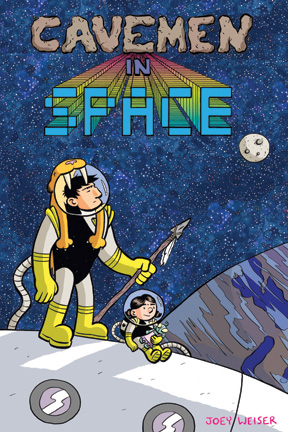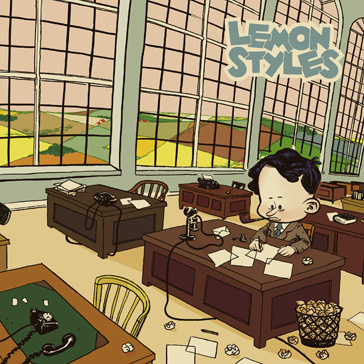
Anne R. Dick
The Search for Philip K. Dick
Tachyon Publications, 2010
Memoirs of the third wife of Philip K. Dick, who lived with him for six years, consist of three parts. The first part describes life with one of the most influential writers of the second half of XX century. This is the most vulnerable point of the book, but, perhaps, the most interesting as well. The relationship between then married on his second wife Dick and recently moved to that town where he lived, Anne Dick, a young widow with two children, started easy. Ann and Philip have been interested in each other, and Anne also had a passion for writers (her late husband was a poet.) For Ann’s sake Dick without any problems divorces his wife, and his new wife becomes Anne. During these six years of life Dick’d written Confessions of a Crap Artist, Martian Time Slip, The Man in the High Castle, The Game Players of Titan and other books. Dick often included scenes from his life in his own books. Anne was also the prototype for many of the heroines of the novels of Dick. During these years there has been one of the most critical moment in Dick’s literary career:
Phil's agent submitted the Confessions manuscript to Knopf. Alfred Knopf personally wrote to Phil saying he was interested in publishing the novel if Phil would rewrite the last third to make the female character more sympathetic. He compared Phil's writing to that of Salinger, Roth, and Mailer, the three top novelists of that time. We were both thrilled - but Phil said, "I can't rewrite this novel. It's not that I don't want to, it's that I'm not able to. "This is a big clue to Phil's writing. At the time I was disappointed that Phil wouldn't or couldn't take advantage of this fantastic opportunity, but it was his novel, his career, his decision. Of course Knopf didn't buy the novel.
Perhaps, if Dick then would sell the novel to Knopf, we would not see The Man in the High Castle, The Three Stigmata of Palmer Eldritch, Valis, but we would see another Dick.
Anne initially admired prolificity of the husband and was proud that he was quite well-known writer, but later everything started to change. Dick's novels became more and more anxious, gloomy, and the writer himself has changed, gradually losing control of himself. Anne tried to save the marriage, but saving the family could cost Dick a part of himself. And because of this you should not trust everything that is written in this book. It's the memories of hurt women, left behind and abandoned. Anne takes a firm stance here: I was right in everything, the family split up due to the fault of Phil. And emotions often obscure the truth.
We should not believe Dick as well, who was himself a master of invention. He made his life like his books and his books like his life. More objective in the book are the next parts of the book where Anne Dick, based on interviews and documents, restores the childhood of Dick and the life after her divorce with him. The author covered a large number of sources, including interviews with other wives of Phil, to show the reader the most plausible picture of events. After the divorce from Anne Dick's life, however, takes the shape so surreal that the remaining two-thirds of the book reads more like fiction than like non-fiction.
At the end of his life, Dick has become a mockery: he suffers from various types of mental illness, becomes paranoid, inconsistent. A great writer, lost soul, he becomes the hero of his own novels. However, he lived as he wanted. And we finally learned what was the life of the great creator.




























